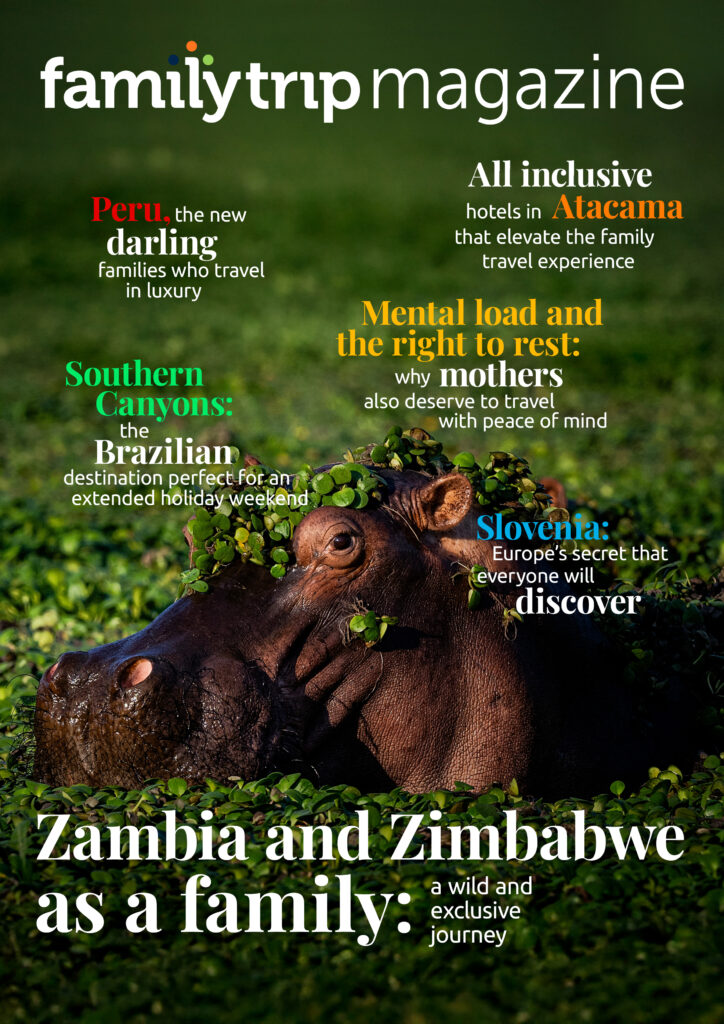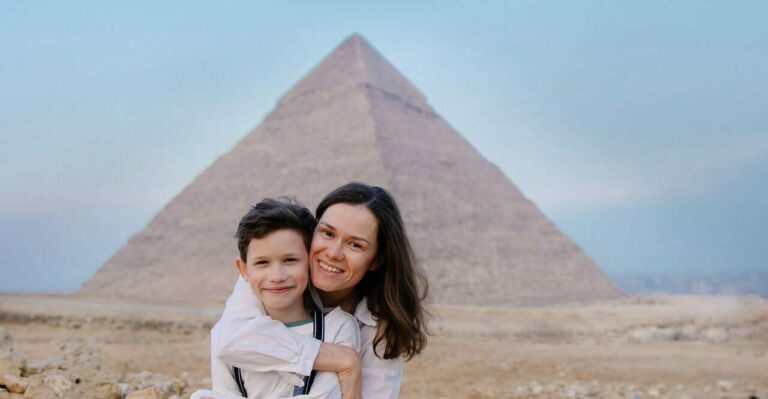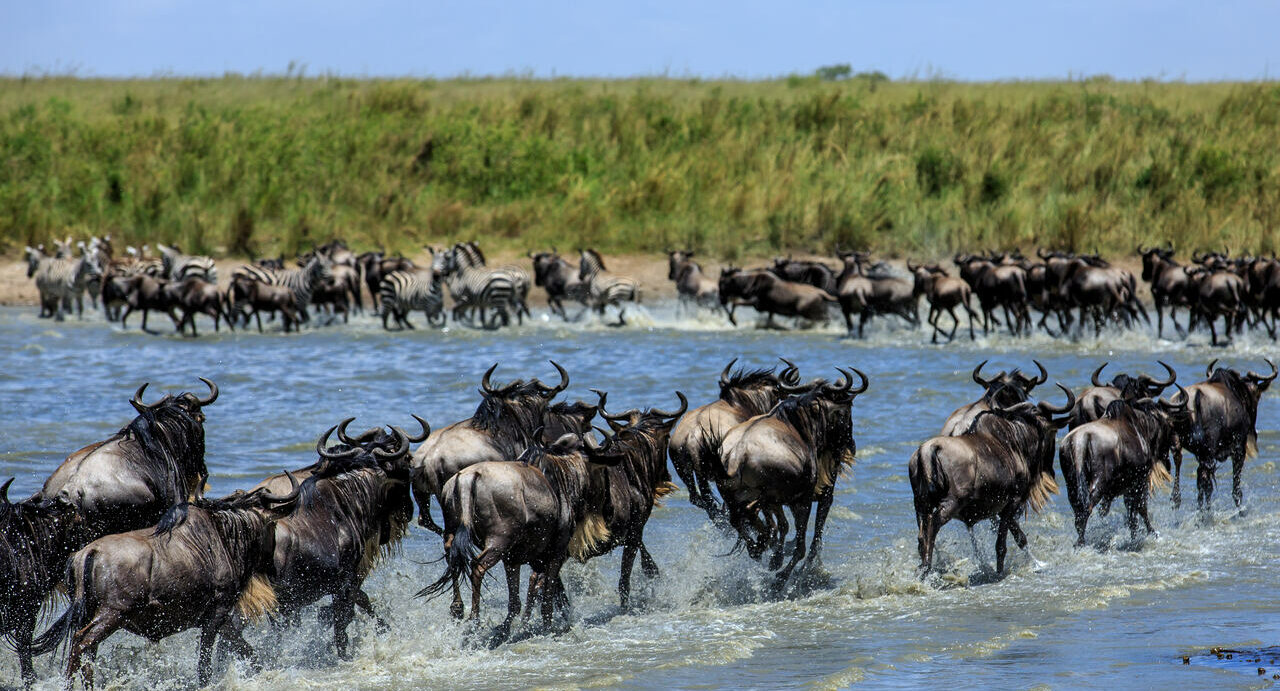
Tanzania: a perfect adventure with Teenagers
Tanzania boasts some of the most impressive wildlife reserves on the planet, offering family-oriented experiences.
By Mari Campos
Vast herds traverse rivers and lands with an impressive roar, causing the ground beneath the car to literally tremble. These are the intense animal migrations between Tanzania and Kenya, known as the “great migration,” one of the planet’s most spectacular natural phenomena.
But it’s not only during this period—mostly occurring between July and August—that Tanzania is a captivating safari destination. Even in the height of summer, this enchanting African country boasts an abundance of wildlife species, spread across territories as spectacular and diverse as the traditional savannahs and volcanic craters.
The key safari destinations in the region include Serengeti National Park, Ngorongoro (surrounding the UNESCO-protected volcano crater), Tarangire (home to Maasai communities), and Lake Manyara (with tree-climbing lions and countless flamingos).
With ample time on hand, it’s ideal to experience lodges in different areas of the country, as the landscapes, endemic flora, and wildlife in each of them are vastly distinct from one another.
Photo 1: Gnus on the Savannah / Photo 2: Lioness on the Tree / Photo 3: Flamingos at Lake Manyara /
Photo 4: Herd of Elephants with Ngorongoro in the background
The Unmissable Serengeti
But it is undeniable that the Serengeti National Park, with over 1.5 million hectares, takes the spotlight. Its plains are a UNESCO World Heritage Site due to their unique geography (which includes hills and numerous rocky formations) and the abundant wildlife presence, facilitating the world’s largest mammal migration: over a million wildebeests and around 250,000 zebras, among various other species, cross the savannas and rivers between Maasai Mara and Serengeti every year.
Moreover, the park is also considered one of the prime locations worldwide for spotting felines: it’s estimated that more than three thousand lions inhabit the area, alongside the elusive leopards. Wildebeests, zebras, giraffes, hippos, and impalas are also plentiful.
And while winter marks the time of the great migration, summer usually aligns with the breeding season for various species. During this time, park is adorned with a festival of cuteness as the offspring of different species are born and spread throughout the area, captivating not only the children but also the adults, of course.
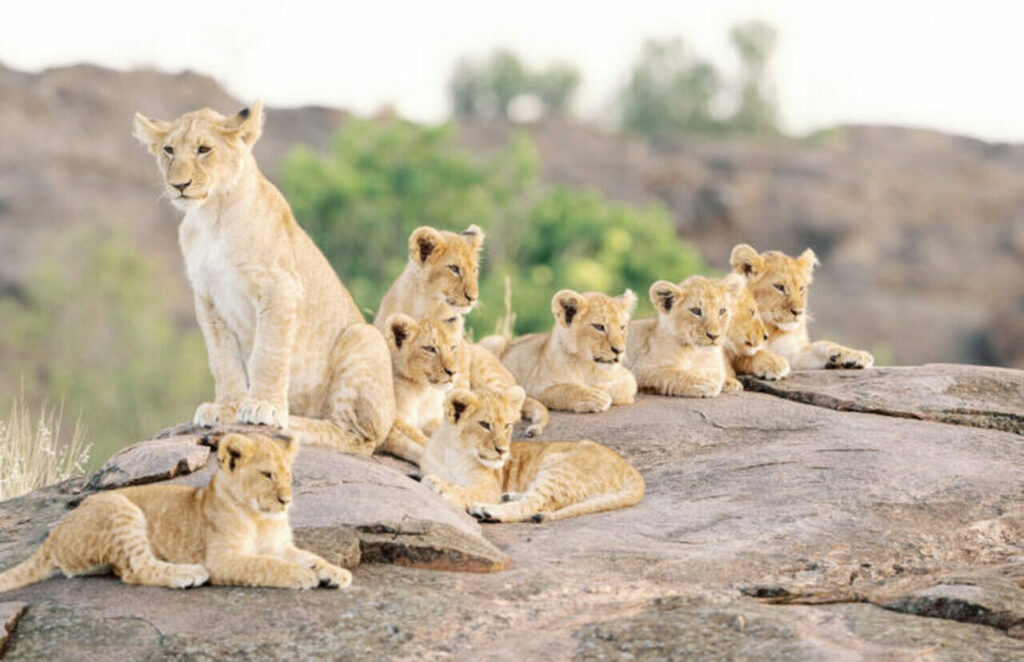
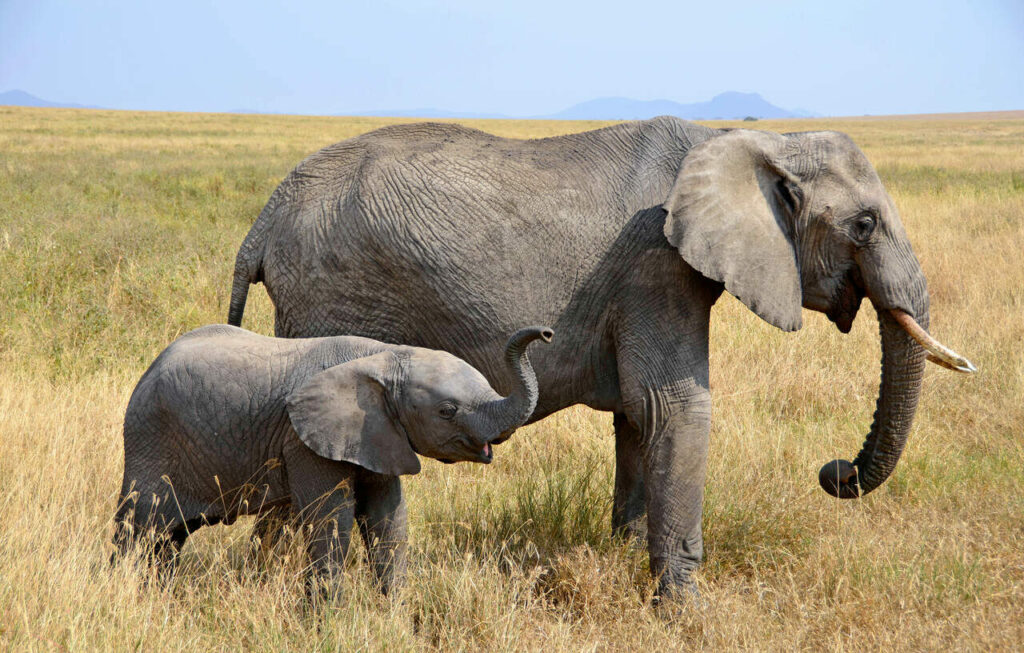

A unique experience: a Nomadic Lodge
To follow the migrations of the main species throughout the year, the nomadic lodge Roving Bushtops combines the luxury and service of a 5-star hotel with the charm of the savannah. It’s constantly disassembled, transported, and reassembled in different regions, following the animals’ migration. With comfortable tents (single or interconnected) and excellent dining, it’s a unique experience recommended for families with children over seven years old and teenagers. Everyone will be enchanted by this adventure. Sleeping and waking up in the heart of the savannah create unforgettable memories.
In addition to thrilling safari days, including the possibility of hot air balloon rides, the lodge also offers educational activities such as the Bushcraft Challenge. This teaches young travelers basic survival skills (like making fire without matches, tracking animals, or identifying traces) as well as insights into the local fauna, flora, and culture. All of this is achieved through small challenges, culminating in a certificate at the end, enhancing the happiness and confidence of any adventurer. Unique opportunities to playfully learn about animals and sustainability.
Roving Bushtops: lodges itinerantes
Getaway to Zanzibar
With paradisiacal beaches just over an hour’s flight away from Kilimanjaro International Airport or half an hour’s flight from Dar es Salaam International Airport, the Zanzibar archipelago off the coast of Tanzania can be the perfect conclusion to family adventures in Africa.
Safe and tranquil, Stone Town boasts a historic center with strong Swahili and Islamic influences and a wide range of commerce, including crafts and souvenirs. However, Zanzibar is truly famous for its pristine sandy beaches and turquoise waters.
The array of family-focused hotels and resorts is extensive (especially in the villages of Nungwi, Kendwa, Kiwengwa, and the Michamvi peninsula), offering a variety of accommodations (connecting rooms, suites, bungalows, entire villas). Try Marafiki Bungalows, a simple yet excellently located option, or the Melia Zanzibar for top-notch service.
Most of the beaches are sheltered by vast coral-filled lagoons, with calm seas teeming with abundant fish and turtles. The island also features the Mnarani Natural Aquarium, the giant tortoises of Changuu Islet, and the thousands of colorful butterflies at the Zanzibar Butterfly Centre. It’s impossible not to enchant the whole family.
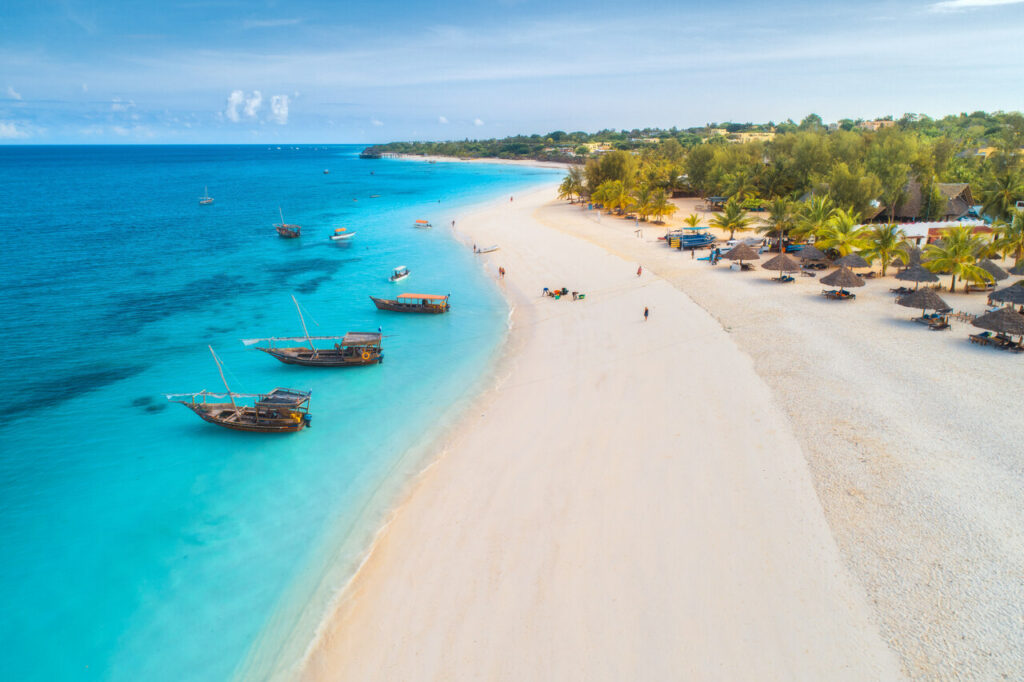
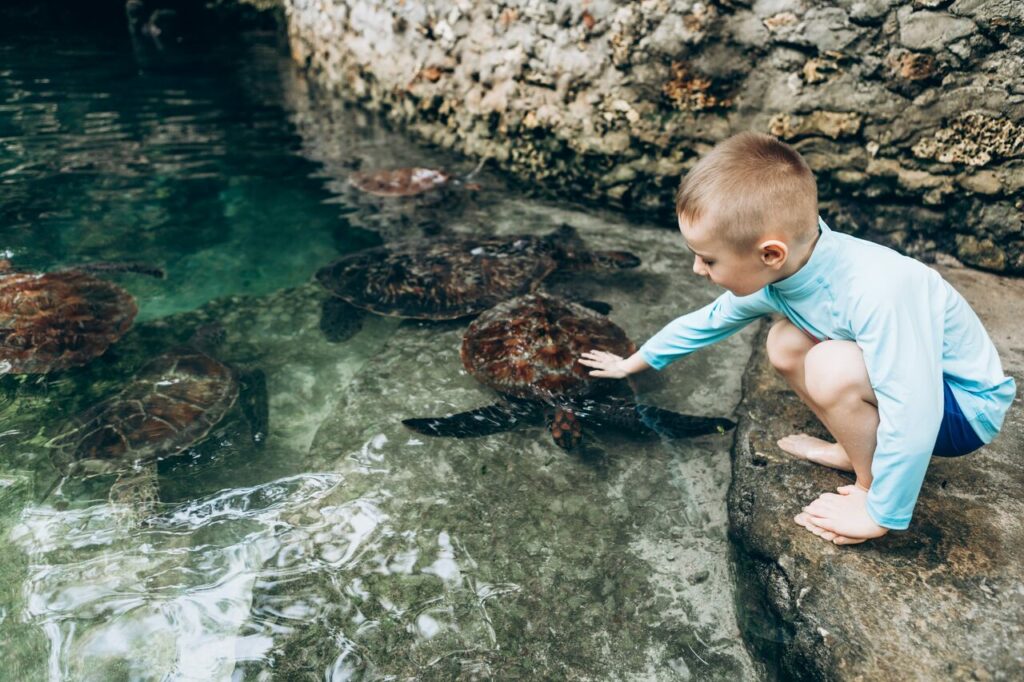
Services

How to Get There
he shortest route for Brazilians to reach Tanzania is by flying to Kilimanjaro International Airport via South Africa and then taking a domestic flight to various national parks.
Visas and Vaccines
You need to purchase the entry visa upon arrival, valid for up to 30 days, and it’s mandatory to present the international certificate of yellow fever vaccination.
Best Time to Go
The best times for safaris in Tanzania are January and February, and from June to early October. Prices tend to surge during the Great Migration, and April and May are generally the rainiest months.
2 Ways to make a reservation
English website: bushtopscamps.com/destination/roving
The agencies “Viajar com Crianças” (Traveling with Kids) and “Viajar com Adolescentes” (Traveling with Adolescents) are well acquainted with the destination and can organize this trip for your family.

